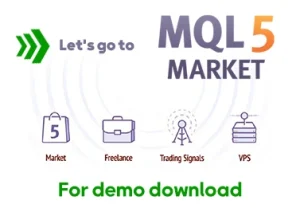The Lifeline of a Forex Trader:
Stop Loss and its Types
In the high-stakes world of forex trading, discipline and risk management are paramount. Perhaps no tool embodies these principles better than the stop-loss order. This critical risk management tool automatically exits your position when the price reaches a predefined level, safeguarding you from potentially catastrophic losses.
Successful Traders and Stop Losses:
- George Soros: “The most important rule is to know when to walk away.”
- Bill Lipschutz: “You have to take losses, that’s part of the game.”
- Paul Tudor Jones: “Losses are inevitable, but losses should not be substantial.”
- Legendary trader Jesse: “The big money is not in the making of the first dollar, but in all the trades that follow it.” Stop losses embody this philosophy by ensuring you survive in the long run.
These quotes highlight the importance of accepting losses as part of the trading journey and using stop-loss orders to manage their size.
Why is a Stop Loss Crucial?
- Limits Losses: This is the most obvious advantage. By setting a stop loss, you cap your potential downside, preventing major losses that could derail your trading journey.
- Emotional Control: Stop losses remove the emotional element from trading. When faced with a losing trade, the fear of missing out (FOMO) or the hope of a comeback can lead to costly decisions. Stop losses automate the exit, preventing you from succumbing to these emotions.
- Disciplined Approach: Setting stop losses forces you to plan for both profitable and losing scenarios. This instills discipline and encourages you to trade with a well-defined strategy.
Types of Stop Losses:
- Trailing Stop Loss: This dynamic stop loss automatically adjusts as your trade progresses favorably. As the price moves in your favor, the stop loss follows, locking in profits and protecting them against sudden reversals.
- Fixed Stop Loss: This is a static stop loss placed at a specific price level, regardless of price movements. This method offers simplicity but may not be ideal for volatile markets.
- Percentage Stop Loss: This stop loss is based on a specific percentage decline from your entry price. This method helps maintain consistency across varying asset values.
Calculating Stop Loss Amount:
There’s no one-size-fits-all approach to calculating stop loss levels. However, several methods exist:
- Technical Analysis: Use indicators like support/resistance levels, volatility channels, or moving averages to identify potential reversal points.
- Risk-Reward Ratio: Define your acceptable risk per trade (e.g., 1%). Divide this by your potential reward (difference between entry and target price) to determine the stop loss percentage.
- Volatility-Based: Consider the asset’s average daily range (ADR) to set your stop loss within a reasonable distance from your entry price.
Remember: Stop losses are not magic bullets. They can be triggered by temporary price fluctuations, leading to unnecessary exits. However, used wisely, they can be your guiding light in the choppy waters of the forex market.
Conclusion:
Stop-loss orders are not a guarantee against losses, but they are a crucial risk management tool for every forex trader. By understanding the different types of stop-loss orders and utilizing appropriate calculation methods, you can take control of your risk and trade with greater confidence, increasing your chances of success in the long run. Remember, even the most successful traders experience losses, but they manage them effectively using stop-loss orders and other risk management strategies.
Disclaimer: This article is for educational purposes only and should not be considered financial advice.
Happy trading
may the pips be ever in your favor!










